Rail Gauges
The gauge of a railway track is defined as the clear minimum perpendicular distance between the inner faces of the two rails.

The different gauges can broadly be divided into the following four categories:
- Broad Gauge: width 1676 mm to 1524 mm or 5’6” to 5’0”
- Standard Gauge: width 1435 mm and 1451 mm or 4’-8⅟2”
- Metre Gauge: width 1067 mm, 1000 mm and 915 mm or 3’-6”, 3’-33/8” and 3’-0”
- Narrow Gauge: width 762 mm and 610 mm or 2’-6” and 2’-0”.
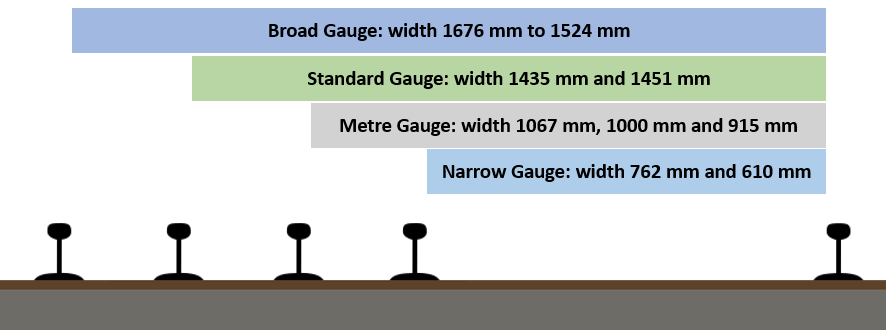
Following are the factors affecting the choice of a gauge:
- Traffic Condition: If the intensity of traffic on the track is likely to be more, a gauge wider than the standard gauge is suitable.
- Development of Poor Areas: The narrow gauges are laid in certain parts of the world to develop a poor area and thus link the poor area with the outside developed world.
- Cost of Track:
- The cost of railway track is directly proportional to the width of its gauge.
- If the fund available is not sufficient to construct a standard gauge, a metre gauge or a narrow gauge is preferred rather than to have no railways at all.
- Speed of Movement:
- The speed of a train is a function of the diameter of wheel which in turn is limited by the gauge.
- The wheel diameter is usually about 0.75 times the gauge width and thus, the speed of a train is almost proportional to the gauge.
- If higher speeds are to be attained, the broad gauge track is preferred to the metre gauge or narrow gauge track.
- Nature of Country:
- In mountainous country, it is advisable to have a narrow gauge of the track since it is more flexible and can be laid to a smaller radius on the curves.
- This is the main reason why some important railways, covering thousands of kilometers, are laid with a gauge as narrow as 610 mm.
Advantages and disadvantages of different track gauges
Narrow gauge railways usually cost less to build because they are usually lighter in construction, using smaller cars and locomotives (smaller loading gauge), as well as smaller bridges, smaller tunnels (smaller structure gauge) and tighter curves. Narrow gauge is thus often used in mountainous terrain, where the savings in civil engineering work can be substantial. It is also used in sparsely populated areas, with low potential demand, and for temporary railways that will be removed after short-term use, such as for construction, the logging industry, the mining industry, or large-scale construction projects, especially in confined spaces.
Broader gauge railways are generally more expensive to build, but are able to handle heavier and faster traffic.
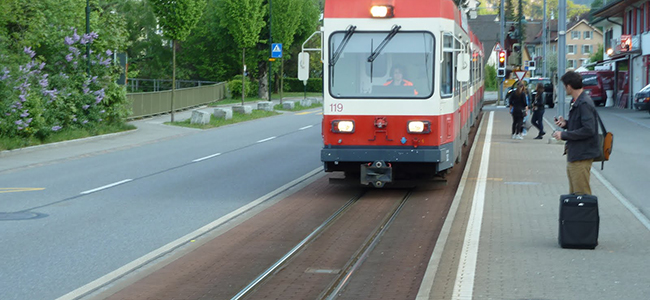
750 mm narrow gauge railway in Waldenburg, Switzerland.
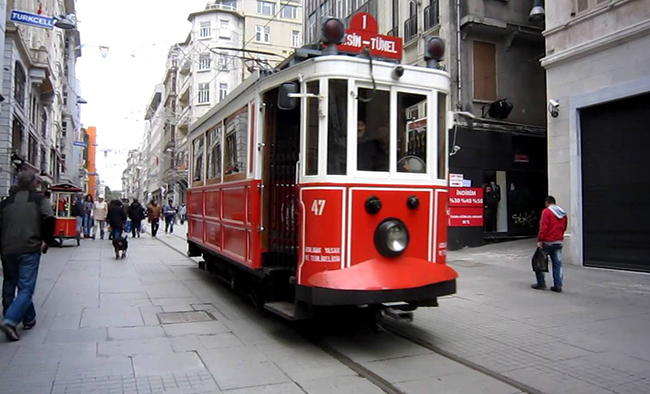
Meter gauge tracks, Istanbul nostalgic tramways, Turkey.
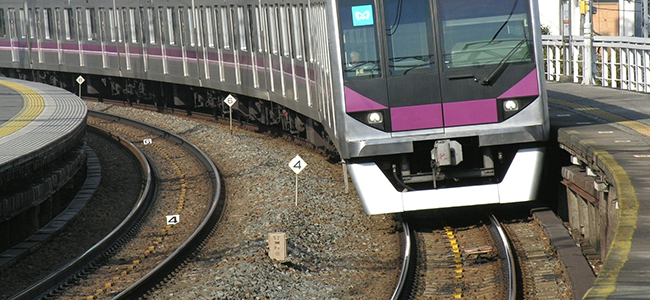
In approximately 55% of the world’s railways are used standard gauge (1435 mm).
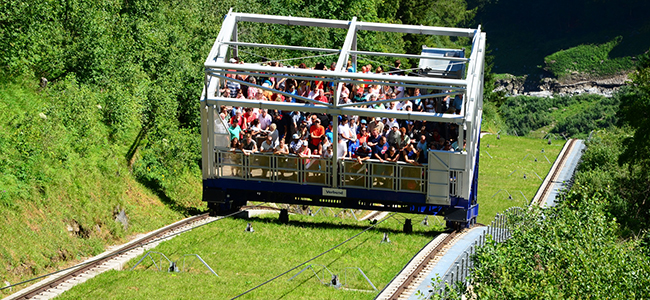
Inclined lift with a gauge of 8.2 metres in Lärchwand Schrägaufzug.
Video
Source: Rail gauges & rail sections Railway Engineering, wikipedia.com
